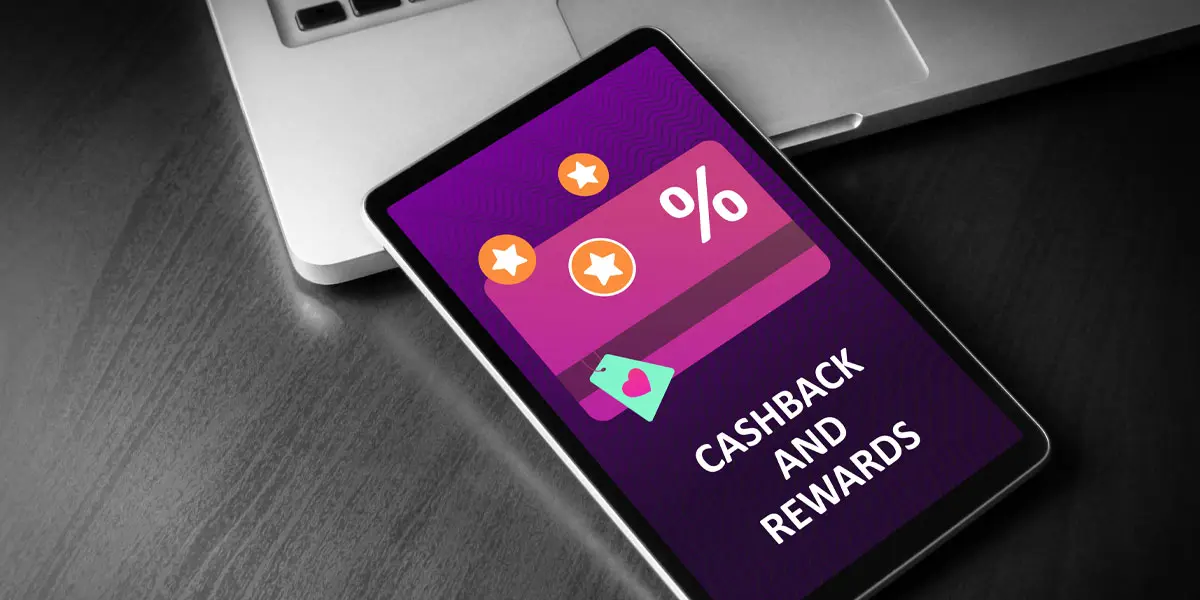
The Pros and Cons of Loyalty Programs
Introduction
Loyalty programs have become a go-to strategy for businesses to reward customers and ensure they stick around. From accumulating airline miles to racking up customer reward points, companies always search for inventive ways to keep their loyal customers coming back for more. However, like all things in life, customer loyalty programs come with their own share of pros and cons. Join us in this blog as we delve into the benefits and drawbacks of customer loyalty programs – helping you decide if they’re the perfect addition to your business strategy.

What are Loyalty Programs?
Imagine a program that makes your customers feel valued and keeps them coming back for more – that’s what a customer loyalty program is all about! Also known as a reward scheme, this enticing strategy ensures customers continue to choose your business for their purchases instead of your competitor.
Rewards programs are intended to make it easy for your most loyal customers to gain rewards from each transaction with your company. Whether a frequent flyer or frequent buyer, every purchase earns them points or rewards which they can later redeem for discounts, exclusive products, or incredible services. But wait, there’s more – members could also enjoy perks like VIP access to special events, alluring deals, or even being the first to get their hands on new products. With a loyalty program in place, your business fosters customer loyalty and encourages enthusiastic customers to become your most ardent advocates.
Loyalty programs come in a wide variety of shapes and sizes! For instance, some businesses delight their existing customers with points-based programs, allowing them to rack up points with each purchase and later cash in on cool discounts, exciting new products, or upgraded services. On the other hand, companies might roll out tiered loyalty programs, where customers unlock fabulous rewards by hitting different spending milestones. For an elite touch, exclusive loyalty programs can be tailored for VIP customers. And the cherry on top? A combo platter of all these loyalty programs, empowering customers to cherry-pick the one that tickles their fancy!
Now that we know what Loyalty programs are, what are the pros and cons of having one?

Benefits of Loyalty Programs
The idea of hitting the trifecta of customer retention, higher sales, and brand loyalty is often all that matters, especially initially. Loyalty programs can bring you tantalizingly close to achieving all three.
Customers who perceive value in the rewards offered are more likely to form an emotional attachment with the brand and return to make further transactions. In turn, increased customer retention often leads to higher sales and improved business performance.
Moreover, by fostering a positive customer experience, loyalty programs can help businesses create a sense of brand loyalty, thereby differentiating themselves from their competitors and gaining a loyal customer base.

Retain Customers
Loyalty programs can positively impact customer retention by providing customers with rewards and incentives for their continued patronage. By offering loyalty points, discounts, and other offers, businesses are able to foster a sense of appreciation that encourages brand advocacy.
Additionally, loyalty programs can provide customers with a platform to voice their opinions on products and services, allowing businesses to make necessary changes and improvements. Customers feel heard and appreciated and often start referring friends to the brand. These programs can also be used to up sell other services or products that over time can increase customer lifetime value.

Boost Sales
A customer loyalty program not only strengthens relationships with an existing customer but can also contribute to a considerable boost in sales to new customers. By offering members appealing incentives, such as discounts or exclusive deals for recommending friends and family, companies can encourage consumers to make frequent purchases while also extending their target audience. Friends or family members of existing customers are often a good bet as possible “look-alike” customers. A strategy to spread awareness to potential consumers who are likely to be interested in your company since they have similar qualities to your existing customers
Furthermore, the sense of belonging and exclusivity that these programs cultivate can lead to increased word-of-mouth referrals, expanding the customer base and ultimately contributing to higher revenues. As such, loyalty programs can serve as an effective strategy for businesses seeking to enhance their sales performance and achieve long-term growth.

Inspire Brand Loyalty
Loyalty programs also play a pivotal role in inspiring brand loyalty among customers. By engaging consumers through personalized experiences and rewarding their continued patronage, businesses can establish an emotional connection with their customer base.
This emotional bond fosters a deeper sense of commitment to the brand, prompting customers to prioritize the business over competitors and to serve as ambassadors through word-of-mouth referrals. Thus, loyalty programs can effectively strengthen a company’s brand loyalty, ensuring long-term success and a dedicated customer base.
This all sounds fantastic! And many of you may be saying to yourselves, “Gee, why didn’t I think of this before?” Well, before going all-in with a loyalty program, there are a few additional things to consider.

Loyalty Program Cons
Despite the numerous benefits associated with loyalty programs, there are also some potential drawbacks to consider. One of the primary disadvantages is the cost associated with implementing and maintaining these reward programs.
For smaller businesses or those with limited resources, the investment of time, manpower, training, and technology can quickly become a burden, outweighing the potential benefits derived from increased customer retention and sales. Additionally, companies must be mindful of the long-term viability and sustainability of their loyalty programs, as failure to consistently deliver on the promises made to customers can result in backlash and a loss of trust in the brand.

Cost of Implementation
The initial cost of designing and setting up the program and ongoing expenses for maintaining and updating it can quickly add up, leading to concerns about the return on investment in the long term. Customer loyalty programs take a longitudinal approach to buyer cultivation and retention. Similarly, determining the actual cost for such programs also takes plenty of time.
Furthermore, the additional staffing and training required to properly manage and operate the program can not only contribute to its overall cost but can also contribute to staff burnout and diminished enthusiasm. Therefore, while the desire to reward loyal customers may be a good thing, the financial and organizational burdens associated with implementing a loyalty program should be carefully weighed against their potential benefits. It’s really a balancing act, where the costs of offering reward programs can end up nullifying potential gains.

Undercutting Profit Margins
Implementing a loyalty program can also have a detrimental impact on a company’s profit margins. By offering discounts or other rewards on a frequent basis, businesses may inadvertently erode their overall profit margins as the cost of providing these incentives outweighs the revenue generated even after increasing repeat purchases.
Moreover, the competitive nature of loyalty programs may drive companies to constantly enhance their offerings, further contributing to decreased profitability. It is crucial for businesses to carefully evaluate the potential impact on profit margins when considering the implementation of a loyalty program to ensure long-term financial stability.

“Give Give Give Me More More More”
Customer loyalty is all about building a special relationship with your customers. But what happens when giving more to certain customers isn’t enough? What if your successful loyalty program doesn’t so much create loyal customers as it creates customers who now have unrealistic expectations?
If your rewards program has turned customer loyalty into customer tyranny, you may want to start looking for a loyalty program exit strategy. Some may refer to it as the burden of success, but a customer loyalty program that drains resources and swamps your staff’s time forcing you to neglect new customers will negatively impact your brand and reputation.

Risk of Attracting only Deal-Oriented Customers
Another potential drawback of loyalty programs is the risk of attracting primarily deal-oriented customers. These customers chase savings, incentives, and discounts, making them less likely to remain loyal to a specific brand once the rewards are no longer available.
Such customers may not significantly contribute to the long-term growth and success of a business, as their primary focus is on the benefits they can obtain rather than establishing a genuine connection with the brand.
Use whatever loyalty data is available to properly research customer engagement, product preferences, and purchase behavior. Businesses implementing loyalty programs should carefully segment customers and thoroughly consider the pros and cons of all aspects of administering loyalty program offers. The program’s structure must encourage building long-lasting relationships and fostering true brand loyalty, not cultivating unprofitable customers and threatening the company’s profitability.

Is a Loyalty Program Right for Your Business?
In developing your loyalty program strategy or determining if your current rewards program is a sustainable business model, carefully evaluate various factors to ensure the best possible outcome. First and foremost, the company must assess its financial capacity and resources, weighing the costs associated with the program against the anticipated benefits.
Additionally, businesses should consider the unique needs of their target audience and tailor the loyalty program to nurture long-lasting relationships with customers, rather than just attracting deal-seekers.
Lastly, it is crucial for companies to regularly monitor the performance of their loyalty programs and adjust them as needed, to maintain their competitiveness and ensure continued trust in the brand. At the end of the day you may ask, “Can the positive of customer loyalty programs outweigh the negative”? The simple answer is, it is really a choice for yourself. Guides can be made and data can be collected, but it just comes down to your business specifically and if you think the program will work for yours.

Conclusion
Companies can make a well-informed decision by considering factors such as customer retention, increased sales, and brand loyalty against the costs, potential profit margin implications, and the risk of attracting deal-oriented customers.
Each business’s unique needs and target audience should be crucial in this evaluation process. Ultimately, the success of a loyalty program will depend on the alignment of the program’s structure with the overall objectives and values of the business. To learn more about loyalty programs and other marketing strategies to boost your company’s success, speak with the experts at the Social Firm.
Social Firm
Newsletter Sign-Up
If you loved this article, there's more where that came from. Stay up-to-date with marketing and design insights.